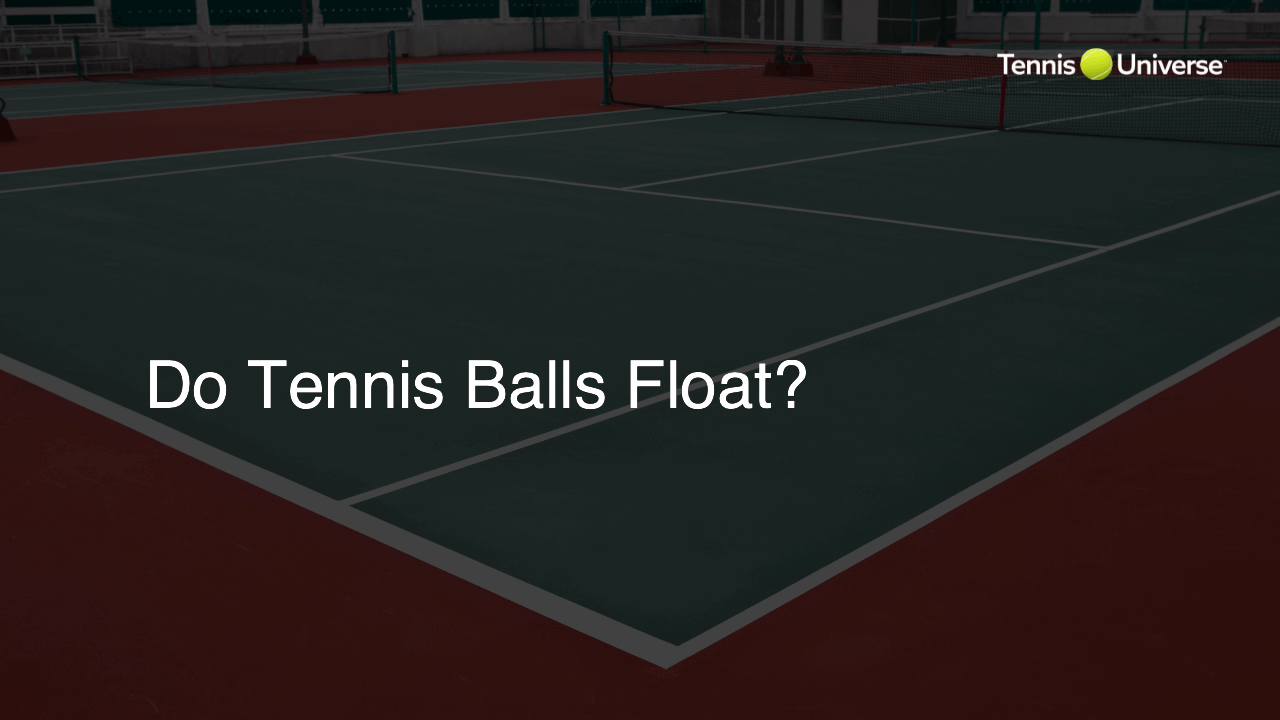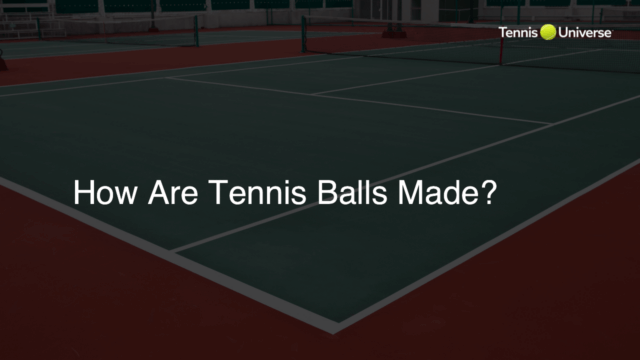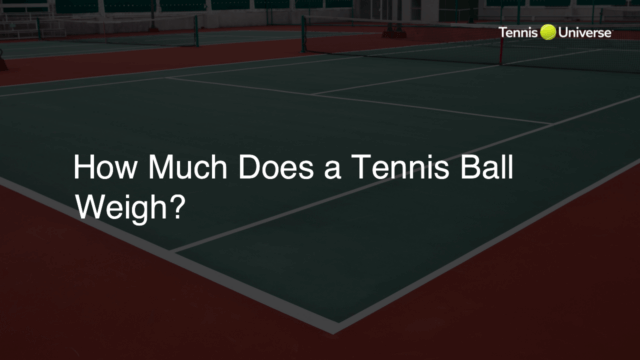Yes, tennis balls float in water. They’re made of a rubber core wrapped in a fuzzy felt material which contains air, giving them enough buoyancy to stay afloat.
Understanding the Properties of Tennis Balls
Tennis balls are an essential part of the game, and their properties greatly affect how they perform on the court. One property many people are curious about is their ability to float. To answer that question directly: yes, tennis balls do float.
Construction and Materials
Tennis balls are made from a rubber core wrapped in a fuzzy felt material. This design allows them to bounce efficiently on various surfaces when played with a tennis racket. The hollow rubber core is filled with pressurized air, making it lightweight and giving it enough buoyancy to stay afloat when submerged in water.
Why Tennis Ball Buoyancy Matters
Understanding that tennis balls float can be useful for multiple reasons. First, it helps players and coaches grasp the science behind tennis ball properties. Second, ball retrieval becomes significantly easier in aquatic environments, such as when they end up in pools or ponds during practice or play.
Effects on Tennis Strategy and Technique
Knowing that tennis balls float does not directly impact your tennis strategy or technique, as buoyancy is not a factor when playing on traditional surfaces. However, this knowledge emphasizes the importance of understanding the materials and design of tennis balls and how they contribute to overall ball performance.
Floating Tennis Ball Games and Drills
Knowing that tennis balls float opens up the possibility of incorporating water-based games and drills into your tennis training. These fun activities can be a great way to make tennis practice more engaging, especially for younger players, while also enhancing coordination and movement skills. Consider playing games in pools, ponds, or at the beach as part of your tennis tips and training routine.
Factors Affecting Tennis Ball Buoyancy
While tennis balls generally float in water, certain factors can affect their buoyancy. These include waterlogged felt, damage to the rubber core, or puncture and leakage of the pressurized air. Regularly inspect your tennis balls for any signs of wear or damage and replace them as needed to ensure consistent performance on the court.
How to Dry Wet Tennis Balls
When tennis balls become wet or waterlogged, they may lose some of their bounce and potentially damage your tennis racket due to extra weight. To prevent this from happening, keep a few simple tennis tips in mind:
- Remove excess water by gently squeezing the ball or rolling it between two towels.
- Place the balls in a well-ventilated area or under direct sunlight to air-dry.
- For quicker drying, use a hair dryer on low heat, keeping the dryer at least 6 inches away from the ball to avoid damage.
Frequently Asked Questions
Here are some common questions and answers related to the floating properties of tennis balls and their impact on the game.
Do all tennis balls float?
Yes, most standard tennis balls float due to their rubber core construction filled with pressurized air.
Can waterlogged tennis balls negatively affect my game?
Yes, waterlogged tennis balls become heavier and can lose some of their bounce, potentially causing damage to your tennis racket and affecting your game performance.
How do I properly dry wet tennis balls?
To dry wet tennis balls, remove excess water by squeezing or rolling them between towels, place them in a well-ventilated area or under sunlight to air dry, or use a hair dryer on low heat to expedite the process.
What are some water-based games to play with tennis balls?
Water-based games with tennis balls can include games in pools, ponds, or at the beach, focusing on enhancing coordination, movement skills, and making practice more engaging for players of all ages.
How do I know if a tennis ball is no longer buoyant?
A tennis ball may lose buoyancy if its felt becomes waterlogged, the rubber core is damaged, or the pressurized air inside the ball has leaked due to a puncture. Inspect the balls for any signs of wear or damage, and replace them as necessary.












